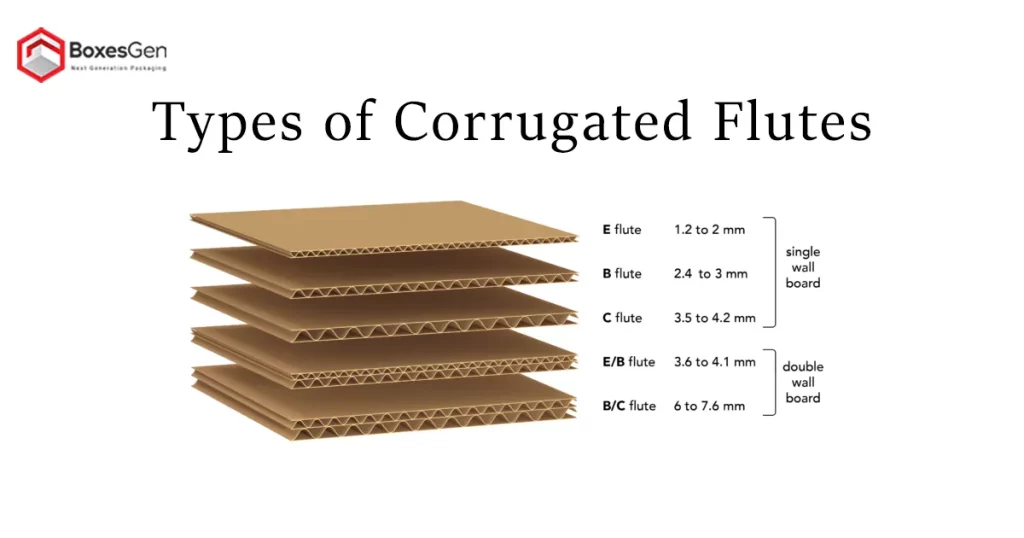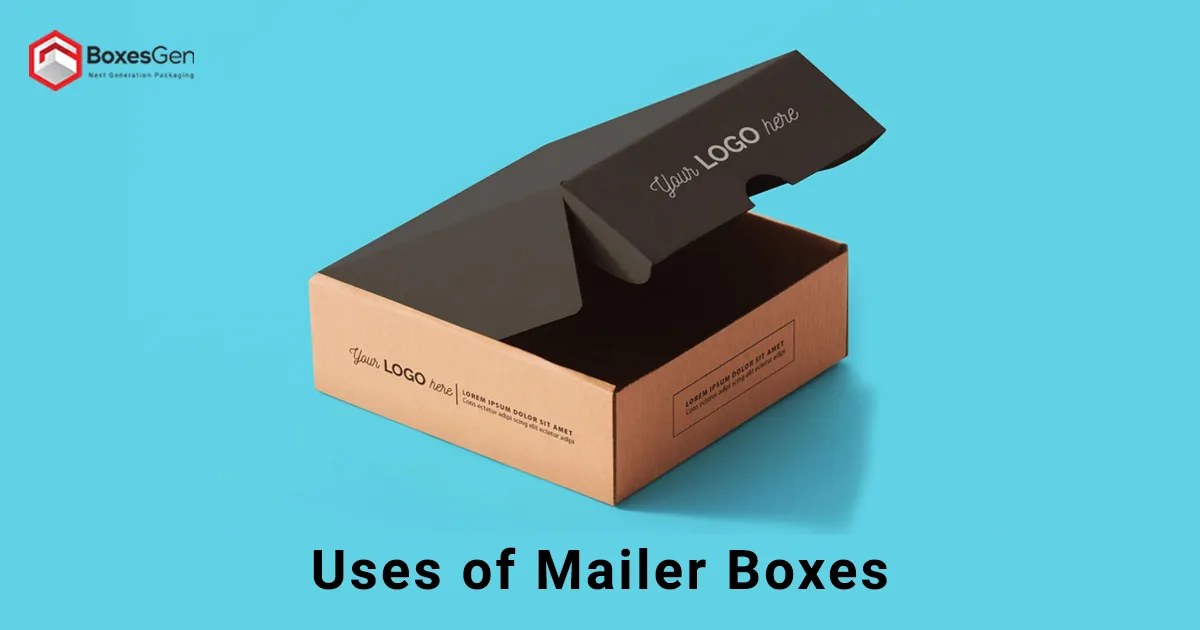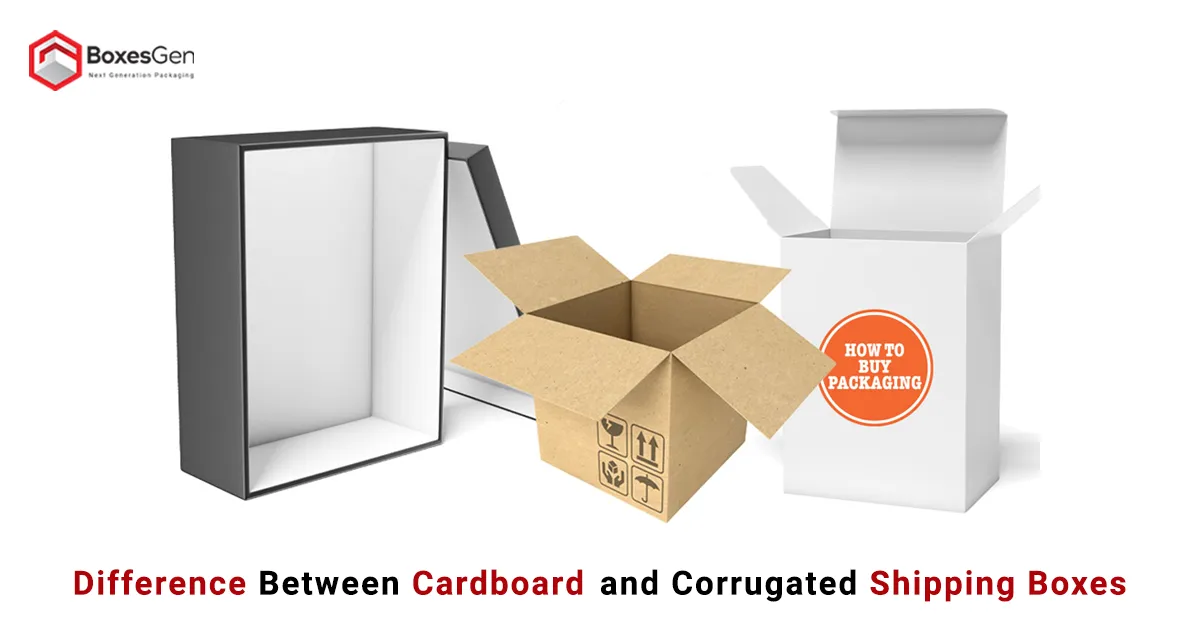Types of Corrugated Flutes
In the packaging materials market, corrugated cardboard stands out as a versatile and widely used option, owing much of its strength and versatility to the Corrugated Flutes that run between its linerboard layers. These flutes come in various shapes and sizes, each tailored to specific packaging needs. From protecting delicate items during shipping to providing structural integrity for heavy loads, the choice of flute type can significantly impact the performance of corrugated packaging solutions.
A Flute
The flute, an essential component in corrugated packaging, plays a pivotal role in determining the strength, durability, and protective capabilities of the Packaging Material. Among the diverse array of flute types, each characterized by its unique structure and performance attributes, the A flute stands out with its distinctive characteristics. Renowned for its larger flute profile, the A flute offers excellent cushioning properties and greater stacking strength, making it ideal for applications requiring robust protection against impacts and compression forces. Its generous size also allows for effective printing and graphic reproduction, catering to brand improvement and marketing needs. Whether used in shipping boxes, Display Box Packaging, or point-of-sale packaging, the A flute demonstrates versatility and reliability, making it a preferred choice for many industries seeking premium packaging solutions.
Standard A Flute Thickness
GSM: 125-150
PT: 4-5
Millimeters: 3-4
B Flute
In contrast to the A flute, the B flute is smaller in size but offers a balance between strength and flexibility. With more flutes per linear foot compared to the A flute, B flute corrugated cardboard provides greater printability and a smoother surface for high-quality graphics. This flute type is commonly utilized in applications where space optimization, such as shelf-ready packaging, is essential while still requiring sufficient strength to protect the contents.
Standard B Flute Thickness
GSM: 150-175
PT: 6-7
Millimeters: 2.5-3
C Flute
The C flute, also known as the regular flute, is one of the most commonly used types of corrugated flutes in the packaging industry. Its name is derived from the spacing between its flutes, which typically range from 39 to 43 flutes per foot. This flute profile offers a versatile balance between strength and flexibility, making it suitable for a wide range of applications, from Shipping Boxes to retail displays. The C flute provides excellent cushioning and stacking strength, making it ideal for protecting fragile items during transit. Its popularity stems from its ability to offer cost-effective yet reliable packaging solutions for various industries, contributing to its widespread adoption in the packaging world.
Standard C Flute Thickness
GSM: 125-150
PT: 7-9
Millimeters: 3.5-4
E Flute
For applications demanding a thinner profile without compromising strength, the E flute emerges as a favorable choice. Its fine flute structure allows for intricate die-cut designs and precise printing, making it an excellent option for Retail Packaging of lightweight but fragile items such as cosmetics, electronics, or food products. Despite its slender build, E flute corrugated cardboard maintains impressive durability and crush resistance, ensuring the integrity of packaged goods during transit.
Standard E Flute Thickness
GSM: 250-300
PT: 9-10
Millimeters: 1.5-2
BC Flute
Combining the characteristics of B and C flutes, the BC flute offers a middle ground solution suitable for various packaging requirements. By alternating between larger and smaller flute sizes, BC flute corrugated cardboard achieves a balance between stacking strength and cost-effectiveness. This flute type finds application in industries where packaging performance and affordability are equally crucial, such as e-commerce, consumer goods, and industrial packaging.
Standard BC Flute Thickness
GSM: 200-250
PT: 8-9
Millimeters: 3-3.5
EB Flute
The EB flute represents a hybrid configuration that merges the fine profile of the E flute with the robustness of the B flute. This combination results in a corrugated cardboard material that excels in providing both structural integrity and surface smoothness. EB flute corrugated packaging is often preferred for high-end retail products, electronics, and delicate items requiring exceptional protection during handling and shipping.
Standard EB Flute Thickness
GSM: 275-325
PT: 10-11
Millimeters: 2-2.5
Corrugated Flutes
Corrugated flutes serve as the core structural component in various types of corrugated packaging, offering resilience and customization options to meet diverse industry needs. Single-wall corrugated cardboard consists of one flute layer sandwiched between two linerboard layers, providing lightweight yet sturdy Packaging Solutions suitable for shipping individual items or lightweight goods.
Standard Corrugated Flute Thickness
GSM and PT may vary depending on the specific type of flute.
Single Wall
Corrugated cardboard stands out as a versatile and widely used option, owing much of its strength and versatility to the corrugated flutes that run between its linerboard layers. These flutes come in various shapes and sizes, each tailored to specific packaging needs. From protecting delicate items during shipping to providing structural integrity for heavy loads, the choice of flute type can significantly impact the performance of Corrugated Packaging solutions.
Standard Single Wall Corrugated Thickness
GSM: 125-200 (depending on flute type and liner)
PT: 4-9
Millimeters: 2-4
Carton Box Types
Beyond the diversity of corrugated flute options, carton boxes come in various styles and configurations to accommodate specific packaging needs. Die-cut cartons, for instance, feature custom-cut designs tailored to the dimensions and shape of the packaged product. This precise fit minimizes excess space within the box, reducing material usage and ensuring a snug fit for the contents, thereby preventing shifting or damage during transit.
Die Cut Carton
Die-cut cartons, for instance, feature custom-cut designs tailored to the dimensions and shape of the packaged product. This precise fit minimizes excess space within the box, reducing material usage and ensuring a snug fit for the contents, thereby preventing shifting or damage during transit.
Standard Die Cut Carton Thickness
GSM: Varies widely based on flute and liners.
PT: Varies widely based on flute and liners.
Millimeters: Varies based on flute and liners.
Double Wall
Double-wall corrugated packaging improves the strength and durability of traditional single-wall solutions by incorporating an additional layer of fluting. By stacking two layers of corrugated cardboard with different flute profiles, such as combining B and C flutes, double-wall packaging offers superior cushioning and protection for heavier or more delicate items. This construction is commonly employed in industries requiring robust shipping containers, including automotive, appliances, and furniture.
Standard Double Wall Corrugated Thickness
GSM: 250-350
PT: 7-15
Millimeters: 6-8
Conclusion
The world of corrugated flutes is vast and multifaceted, offering a spectrum of options to address the diverse requirements of modern packaging solutions. Whether it is the robustness of the A flute, the versatility of the BC flute, or the precision of the EB flute, each flute type brings its unique set of advantages to the table. By understanding the characteristics and applications of different flute profiles, businesses can make informed decisions when selecting packaging materials, ensuring optimal protection, cost-efficiency, and customer satisfaction throughout the supply chain.
Frequently Asked Questions
What is corrugated cardboard, and why is it popular?
Corrugated cardboard is a packaging material made of fluted paperboard sandwiched between two flat linerboards. It’s popular due to its lightweight yet sturdy nature, making it ideal for shipping and protecting various goods.
How do corrugated flutes impact packaging performance?
Corrugated flutes provide cushioning and structural integrity to packaging solutions. Different flute sizes offer varying levels of strength, flexibility, and printability, allowing businesses to tailor packaging to specific needs, ensuring product protection during transit.
What are the advantages of A flute corrugated cardboard?
A flute offers superior stacking strength and impact resistance, making it suitable for shipping heavier items or products requiring extra protection. Its robust structure ensures the integrity of packaged goods during transportation, reducing the risk of damage.
Why choose B flute corrugated cardboard for packaging?
B flute strikes a balance between strength and flexibility, offering improved printability and a smoother surface for high-quality graphics. It’s commonly used in applications where space optimization and adequate protection are essential, such as shelf-ready packaging.
How does E flute differ from other flute types?
E flute features a thinner profile while maintaining impressive durability and crush resistance. Its fine flute structure allows for intricate die-cut designs and precise printing, making it ideal for packaging lightweight but fragile items like electronics or cosmetics.
What industries benefit from BC flute corrugated cardboard?
BC flute provides a middle ground solution suitable for various packaging requirements. Its combination of larger and smaller flute sizes balances stacking strength and cost-effectiveness, making it popular in industries like e-commerce, consumer goods, and industrial packaging.
How does EB flute corrugated packaging stand out?
EB flute merges the fine profile of E flute with the robustness of B flute, offering both structural integrity and surface smoothness. It’s preferred for high-end retail products and delicate items requiring exceptional protection during handling and shipping.
What role do single-wall corrugated cardboard play?
Single-wall corrugated cardboard provides lightweight yet sturdy packaging solutions by incorporating one flute layer between two linerboard layers. It’s suitable for shipping individual items or lightweight goods, offering resilience and customization options to meet diverse industry needs.
How do die-cut cartons optimize packaging efficiency?
Die-cut cartons feature custom-cut designs tailored to the dimensions and shape of the packaged product. This precise fit minimizes excess space within the box, reducing material usage and ensuring a snug fit for the contents, preventing shifting or damage during transit.
What advantages does double-wall corrugated packaging offer?
Double-wall corrugated packaging improves strength and durability by incorporating an additional layer of fluting. It provides superior cushioning and protection for heavier or delicate items, making it suitable for industries requiring robust shipping containers like automotive, appliances, and furniture.
Can corrugated packaging be recycled?
Yes, corrugated packaging is highly recyclable. It’s made from paper fibers, which can be recycled multiple times without losing quality. Recycling corrugated cardboard helps conserve natural resources, reduce landfill waste, and lower overall environmental impact.
Are there any limitations to using corrugated packaging?
While corrugated packaging offers many benefits, it may not be suitable for all applications. Extremely heavy or hazardous materials may require specialized packaging solutions. Additionally, exposure to moisture or extreme temperatures can affect the integrity of corrugated cardboard.
How can businesses choose the right corrugated packaging?
Businesses should consider factors like product weight, fragility, shipping conditions, and branding requirements when selecting corrugated packaging. Consulting with packaging experts can help identify the most suitable flute type, construction, and design for specific needs and budget constraints.
What steps can be taken to ensure proper packaging performance?
Properly designing and testing packaging solutions is essential to ensure they meet performance requirements. Conducting drop tests, compression tests, and environmental simulations can help identify weaknesses and optimize packaging design for maximum protection during transit.
What trends are shaping the future of corrugated packaging?
Trends like sustainability, e-commerce growth, and digital printing advancements are shaping the future of corrugated packaging. Businesses are increasingly prioritizing eco-friendly materials, personalized packaging experiences, and innovative design solutions to meet evolving consumer preferences and industry demands.








